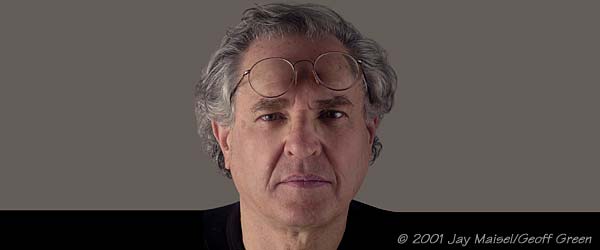Here is a map of my motivations:
The first photojournalist I learned about was Felix Masi from Kenya. A lot of his motivations as a photojournalist stemmed directly from his background. In his interview, it was said that Masi lost his mom when he was 8 years old. Therefore, much of his young life was spent suffering. Masi was not originally a photojournalist but when he did become one he remembered seeing kids struggle and related it directly to himself. That sad little kid was him and now he has come so far to cope with his sadness. I thought it was interesting when Felix Masi said he “just wanted to look nice and survive – be able to buy food for myself.” He had always been lured into the field by the nice wardrobe and equipment. But when he found this as an opportunity to tell people’s stories about their suffering, he wanted photojournalism to be his career.
Image By: Key Digital Media
Image Source: http://www.keydigitalmedia.com/profile-felix-masi/
Image By: Feliz Masi
Image Source: https://felixmasi.wordpress.com/
Jay Maisel was originally a painter but then got into photojournalism in New York City. While studying at Yale, he was not a photography major so they would not let him in the darkroom. However, still curious, Maisel convinced a night worker to let him in and get some experience. This sense of determination is what drove Maisel for his many decades worth of photographic work. He also explained that photography must be done only after listening to the inner voice so that his bias does not turn out to be that of the subject photographed. Maisel wanted to be able to reveal himself to himself through his own work. Maisel, although sharing the same goal, did this differently than Lynn Johnson who tried to make herself as invisible as possible.
Image By: Jay Maisel
Image Source: http://studio.jaymaisel.com/collections/portfolio
Image By: Geoff Green
Image Source: http://bermangraphics.com/press/jaymaisel.htm
Similar to Maisel’s self-interest as motivation, Richard Avedon is another photojournalist that was inspired by photography to learn about life for himself. The main motivation behind Avedon was the ability to learn. “We need to learn and grow as human beings. The creative process helps us learn those lessons.” He also realized that interacting with others would help him learn these lessons. Photojournalism is creative, involves people, and gives the photographer learning experience. This field is everything Avedon desired in one career. As Ed Kashi explained, it was never too late to take on the photojournalism hat. He did not become involved until he was 50 years old. As Kashi wanted to learn about human beings as a whole, Avedon wanted to learn about himself as a specific human being.
Photo By: The Associated Press
Photo By: Richard Avedon
Image Source: https://www.pinterest.com/pin/56717276531200277/
After mapping out my own motivations, I discovered they are quite similar to those of the three photojournalists I mentioned. Just as Avedon wanted to learn, I want to learn about other cultures and the world. Maisel and I both share a sense of determination; if we want something bad enough we will find a way to get it. A similarity in relation to Masi, he just wanted to look successful and wear the nice clothes photographers did. I also care a lot about my reputation and want to be successful, in some sense, to prove others wrong. In the other sense, through my journey in life, I can learn about myself which it seems like Maisel and Avedon both stressed. However, there were a few differences between my motivations and those of the researched photojournalists. For example, I have not gone through traumatic suffering that has directly inspired me to be who I am like Masi did when he lost his mother. In contrast to Avedon, although I do want to learn about myself, I also want to discover other people and teach them. I have a similar goal to Xyza Cruz Bacani who said, “That's what I want my photography to do, to be able to help people.’” I do not want to intentionally use the people I meet just to reflect on my life. That happens naturally.







No comments:
Post a Comment